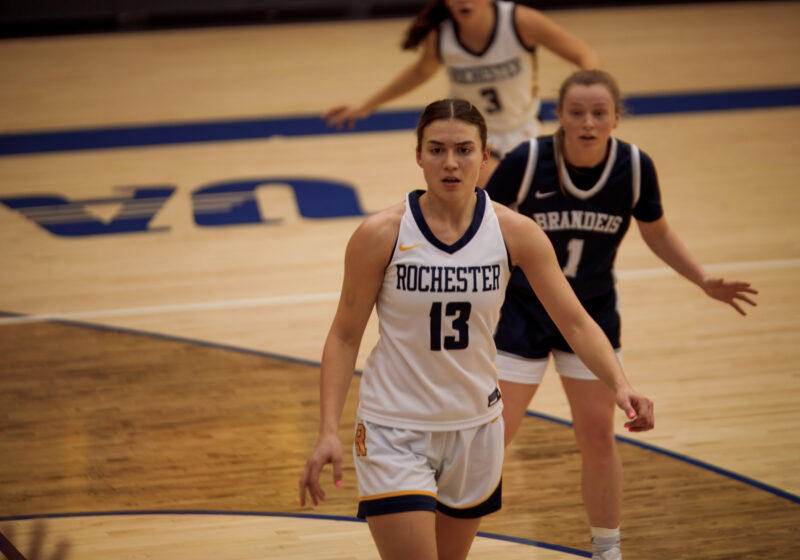Concussions, broken bones, and torn tendons; gruesome injuries have become a major part of sports. But a closer look at the situation reveals more than the reductionist impression that sports are just becoming more violent.
What some see as an increase in violence can simply be attributed to an improvement in medical technology. Advancements in medicine have allowed us to see new side effects of playing sports and to diagnose things that did not exist before. A popular example is chronic traumatic encephalopathy, more commonly known as CTE. Repeated blows to the head, like those received in football, can lead to the neurodegenerative disease. But if football is currently changing, it’s becoming safer.
To try and keep athletes healthy and reduce injuries, athletic leagues have begun changing their rules to adapt to increasing safety concerns. Restructuring the kickoff and limiting the ways you can tackle the quarterback are examples of the countless rules that NFL has changed to protect players. In basketball and soccer, stricter stances on personal fouls are an attempt to decrease injuries caused by other players. In soccer, the addition of Virtual Assisted Referee gives the referee the ability to stop a match and review a play to see if a red card was necessary. Other contact sports, like hockey, have also started adjusting rules and continue to hold the health of their players in the highest regard.
A major problem with these changes stems from a love for contact by the public. Ever been to a hockey game and hear a cheer when somebody gets flattened? How about a boxing match when someone is punched until they are unconscious? The love for contact and displays of strength are what make sports violent and, to many, enjoyable. Phrases like “let the boys play” and “we’re getting soft” are common to hear as this enamorment with violence is solidified in sports and, to some extent, masculinity.
With the increased numbers of reported injuries, the perception of sports is changing and many parents put restrictions on their children. While it is entirely the decision of the parents, what some fail to see is the power that sports can have. Socioeconomic mobility is a huge benefit of sports. The financial freedom, if managed correctly, that a professional sports contract can provide cannot be overlooked. On a smaller level, the use of the sports to get to a university or place of higher learning can be extremely beneficial. The scholarships given to student-athletes can lead to a degree that may not have been even imaginable before. Additionally, sports at a young age can promote character development and introduce the concept of teamwork and collaboration.
At the end of the day, while injuries are perceived to be increasing, the sports industry is as steady as ever. The money will always win out. Such an established market that provides benefits to so many cannot be undermined by the perceptions of a few. Sports are no more violent than in the past. In fact, they are safer and will continue to get safer as medical advancements improve.




